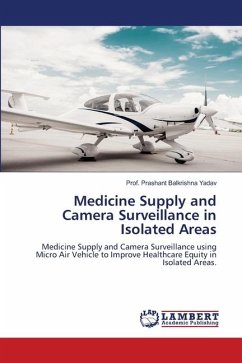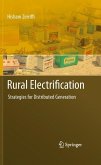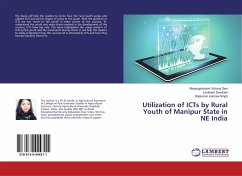The work presented in this book is to find a technically feasible and economically viable hybrid energy system suitable for off-grid electrification of remote areas. The cost configurations of different micro-power systems to fulfil the projected energy demand are made. The three case studies covered multiple key aspects of hybrid renewable energy systems. The work is focused mainly on the technical, economic, financial, and environmental impacts of the hybrid systems. The design parameters of the system, like type of load, source of energy, availability of meteorology data, storage, etc., different optimizations and objectives, software, modelling tools, and type of application, were analyzed for three case studies using HOMER simulation software. The results indicate that hybrid systems comprising PV, wind, generators, and batteries are often feasible as they emit less CO2. The analysis in our studies shows that in order to increase the output of the hybrid system, combined useof PV and wind hybrid systems may be adopted. Therefore, the current arrangement of the diesel-powered stand-alone system can be replaced by the PV, wind, battery, or generator system.
Bitte wählen Sie Ihr Anliegen aus.
Rechnungen
Retourenschein anfordern
Bestellstatus
Storno








